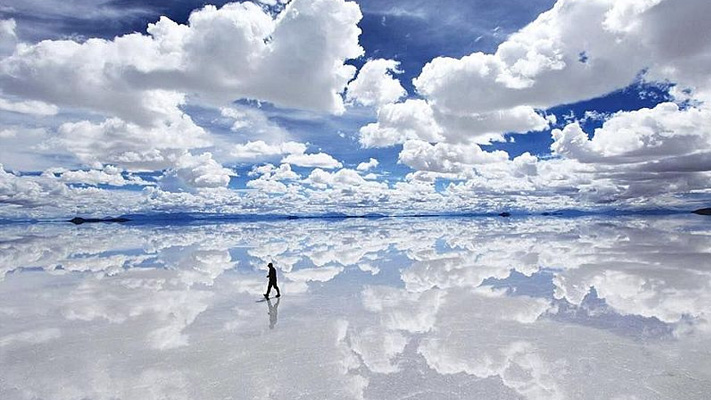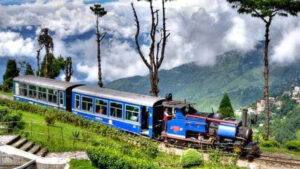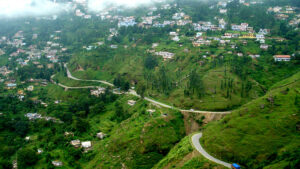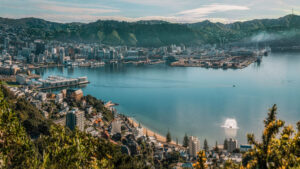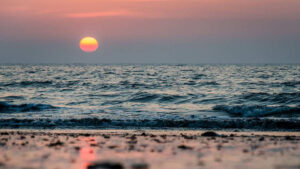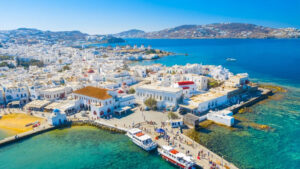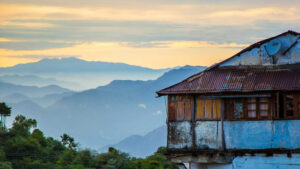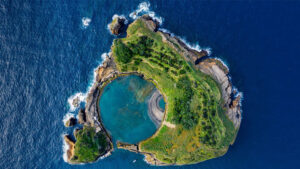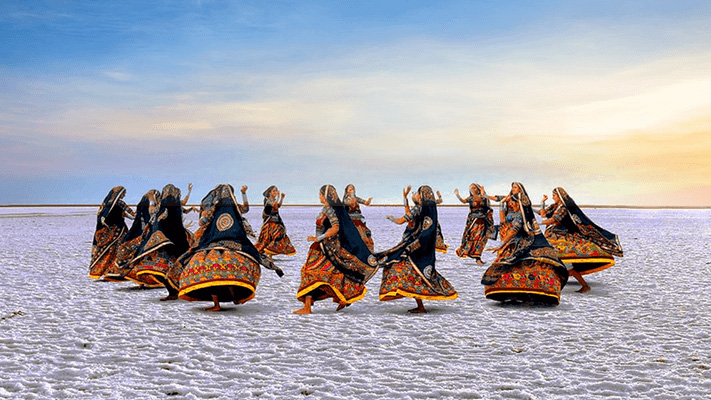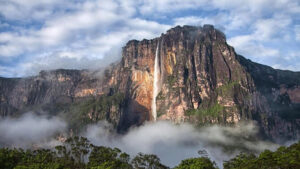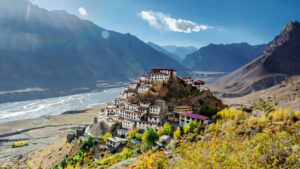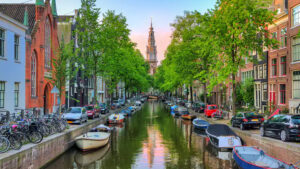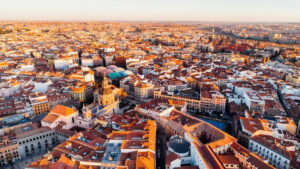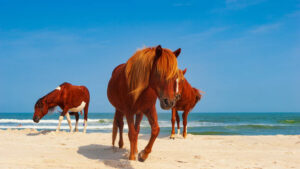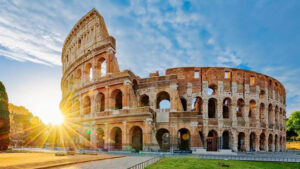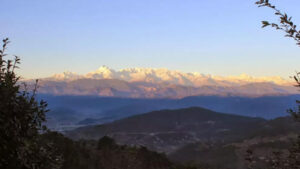SALAR DE UYUNI, BOLIVIA – WHERE REALITY AND REFLECTIONS MERGE IN PERFECT HARMONY

Renowned as one of the most captivating sites for photography worldwide, Salar de Uyuni is not only the largest salt flat on the globe, spanning over 3,900 square miles, but also boasts a remarkable phenomenon.
Nestled amidst the high-altitude Andes Mountains of Bolivia, Salar de Uyuni captivates visitors with its otherworldly beauty and vast expanse of shimmering salt. This remarkable natural wonder stretches over 10,000 square kilometers, resembling a pristine white canvas that seems to merge seamlessly with the sky. The salt flat is a surreal landscape that offers a truly unique and awe-inspiring experience. From the mirror-like reflections during the rainy season to the striking patterns formed by salt crystals, Salar de Uyuni is a destination that promises to transport you to a world of enchantment and wonder.

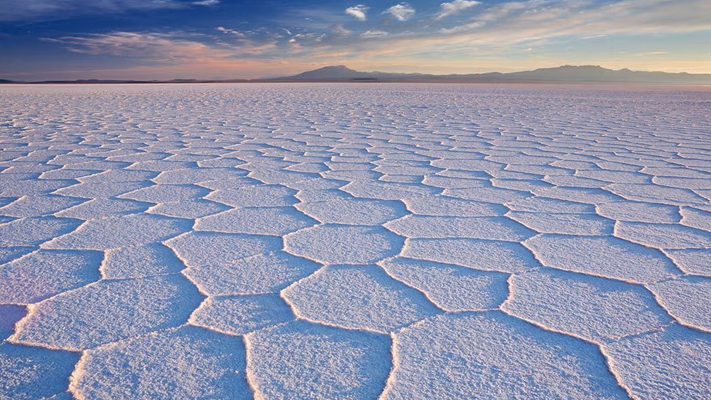
What to Expect
When visiting Salar de Uyuni, there are several incredible experiences and sights that you can expect:
- Vast Salt Flat: Prepare to be amazed by the sheer size and expanse of the salt flat. As the largest in the world, Salar de Uyuni stretches over 3,900 square miles, creating an endless horizon of glistening white salt. The vastness of the landscape is truly awe-inspiring.
- Mirror Effect: During the rainy season (typically from December to April), a thin layer of water covers the salt flat, creating a stunning mirror effect. This phenomenon transforms Salar de Uyuni into a surreal and reflective surface, blending the sky and ground into a seamless horizon. The mirror-like reflections provide incredible photo opportunities and a sense of walking on air.
- Isla Incahuasi: Rising from the salt flat, Isla Incahuasi, also known as Fish Island, is a prominent attraction. This rocky island is covered in giant cacti and offers panoramic views of the surrounding salt flat. Take a walk on the island’s trails and appreciate the unique landscape from a different perspective.
- Unique Salt Formations: Explore the mesmerizing salt formations that dot the flat. The salt crust creates fascinating patterns, from polygonal shapes to geometric designs, adding a surreal touch to the landscape. Witness the contrast between the crystalline salt and the blue sky, creating a captivating visual experience.
- Colorful Lagoons and Flamingos: Beyond the salt flat, Salar de Uyuni is surrounded by a stunning array of colorful lagoons. These mineral-rich lagoons, such as Laguna Colorada and Laguna Verde, showcase vibrant hues of red, green, and blue, providing a stark contrast to the white salt. Keep an eye out for flamingos wading in these lagoons, adding a touch of elegance to the scenery.
- Salt Hotels: Uniquely, some accommodations in the area are constructed entirely out of salt blocks, offering visitors a chance to stay in a salt hotel. These unique lodgings provide a memorable experience and allow you to immerse yourself fully in the salt flat environment.
- Stargazing: Due to its remote location and minimal light pollution, Salar de Uyuni is an excellent spot for stargazing. On clear nights, the vast expanse of the salt flat provides an uninterrupted view of the starry sky, offering a captivating celestial spectacle.
Top Attractions
Salar de Uyuni, Bolivia offers a variety of top attractions that showcase the unique beauty of the salt flats and its surroundings. Here are some of the must-visit attractions in the area:

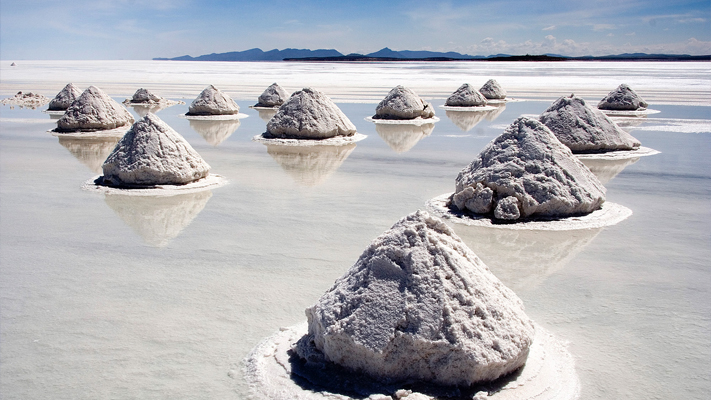
- Salar de Uyuni Salt Flat: The main highlight and the largest attraction itself, the Salar de Uyuni salt flat mesmerizes visitors with its vast expanse of white salt that stretches as far as the eye can see. Take in the surreal landscapes and capture incredible photos against the backdrop of the glistening salt crust.
- Isla Incahuasi (Fish Island): Located within the salt flat, Isla Incahuasi is an island covered in giant cacti, offering panoramic views of the surrounding salt flat. Explore the trails and enjoy the unique vegetation and rock formations found on the island.
- Train Cemetery: Just outside the town of Uyuni, you’ll find the Train Cemetery, a fascinating collection of rusted and abandoned trains. It provides a glimpse into Bolivia’s industrial past and offers a unique setting for photography.
- Colchani Village: Visit the small village of Colchani, located on the edge of the salt flat. Here, you can learn about the traditional salt extraction process and observe local artisans creating handicrafts made from salt.
- Laguna Colorada: Venture beyond the salt flat to discover Laguna Colorada, a vivid red-colored lagoon situated within the Eduardo Avaroa Andean Fauna National Reserve. The lagoon gets its color from algae and mineral sediments, and it serves as a habitat for flamingos and other bird species.
- Laguna Verde: Another striking lagoon within the national reserve, Laguna Verde enchants visitors with its emerald-green waters. The color comes from high mineral concentrations, and the lagoon is surrounded by dramatic volcanoes and snow-capped peaks.
- Siloli Desert and Stone Tree: Explore the barren yet captivating Siloli Desert, known for its unique rock formations and the famous Stone Tree—a natural rock formation shaped like a tree. It’s a popular spot for photographs and offers a glimpse into the region’s geological wonders.
- Geysers of Sol de Mañana: Witness the powerful geothermal activity at the Geysers of Sol de Mañana. Located at high altitude, these bubbling mud pools and steaming geysers create a surreal and otherworldly atmosphere.
- Chiguana Salt Flats: Located near the Uyuni salt flat, the Chiguana Salt Flats offer a quieter and less crowded alternative for experiencing the beauty of the salt-covered landscapes. Enjoy the serene atmosphere and take in the vastness of the surroundings.
Things to Do
When visiting Salar de Uyuni, Bolivia, there are several exciting things to do to make the most of your experience. Here are some recommended activities:
- Photograph the Vast Salt Flat: With its expansive white surface and unique reflective properties, Salar de Uyuni offers endless opportunities for stunning photography. Capture perspective-bending shots, creative illusions, and breathtaking landscapes against the backdrop of the salt flat.

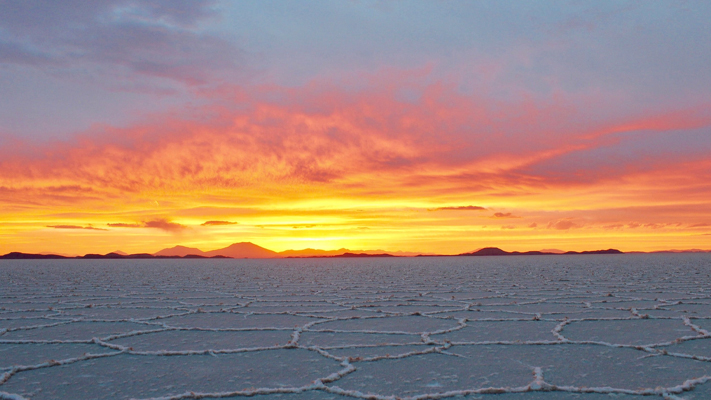
- Enjoy a Sunrise or Sunset: Witness the magical transformation of the salt flat during sunrise or sunset. The changing colors of the sky combined with the mirror-like reflections create a surreal and captivating atmosphere. It’s a truly unforgettable sight.
- Explore Isla Incahuasi: Take a trip to Isla Incahuasi, also known as Fish Island, located in the middle of the salt flat. Walk among giant cacti, climb to the island’s summit for panoramic views, and marvel at the unique rock formations scattered across the island.
- Witness Geothermal Activity: Visit the Geysers of Sol de Mañana, where boiling mud pools and steaming geysers create a dramatic display of geothermal activity. Be prepared for the strong smell of sulfur and the otherworldly landscape.
- Explore the Siloli Desert: Discover the unique rock formations and surreal landscapes of the Siloli Desert. Visit the famous Stone Tree, shaped by wind erosion, and admire the vastness of this barren yet captivating desert.
- Stargaze in the Salt Flat: Experience the unparalleled beauty of a starry night sky in the remote and secluded surroundings of Salar de Uyuni. Away from light pollution, the salt flat provides an excellent opportunity for stargazing and admiring the cosmos.
Must Try Cuisine
When visiting Salar de Uyuni in Bolivia, there are several must-try dishes that showcase the country’s unique flavors and culinary traditions. Here are some delicious Bolivian dishes to experience:
- Salteñas: These savory pastries are similar to empanadas and are typically filled with a mixture of meat (beef or chicken), vegetables, and spices. They are baked to golden perfection and make for a tasty and satisfying snack or meal.
- Silpancho: This traditional Bolivian dish features a breaded and fried beef cutlet served over a bed of rice and topped with a fried egg, sliced tomatoes, onions, and chili sauce. It is often accompanied by a side of chuño (freeze-dried potatoes) or potatoes.
- Quinoa Soup: Quinoa is a staple grain in Bolivia, and quinoa soup is a popular dish in the country. It is made with quinoa, vegetables, and often includes meat (such as beef or chicken).
- Llajwa: Llajwa is a spicy Bolivian sauce made from tomatoes, chili peppers, onions, and herbs. It is commonly served as a condiment with various dishes, adding a fiery kick and enhancing the flavors.
- Chuño: Chuño is freeze-dried potatoes that have been an essential part of Bolivian cuisine for centuries. It is used in soups, stews, and other traditional dishes. Chuño is known for its unique texture and ability to be stored for a long time.
- Api con Pastel: This traditional Bolivian breakfast consists of api, a warm and thick purple corn drink, paired with pastel, a sweet pastry filled with cheese or fruit.
- Chicha: Chicha is a fermented corn-based beverage that has been a part of Bolivian culture for generations. It can be made from yellow or purple corn and has a slightly sweet and tangy taste. It is often enjoyed during festivals and celebrations.
- Humintas: Humintas are savory corn tamales made from ground corn, cheese, and spices. They are wrapped in corn husks and steamed until tender. Humintas are a popular street food snack in Bolivia and are best enjoyed hot.


Best Time to Visit
The best time to visit Salar de Uyuni largely depends on the experience you are seeking. Here are the main considerations for each season:
- Dry Season (May to October): This period is considered the peak tourist season. The weather is generally dry, and the salt flat surface is solid and easier to traverse. You can expect clear skies and excellent visibility for photography. However, temperatures can drop significantly, especially at night, so be prepared for chilly conditions.
- Rainy Season (November to April): This season brings occasional rainfall, which transforms the salt flat into a mesmerizing mirror-like surface. The reflections create a surreal and dreamy atmosphere, perfect for photography enthusiasts. However, access to certain areas may be limited due to the muddy conditions. It’s also worth noting that rain showers can occur, and cloudy skies may reduce visibility.


